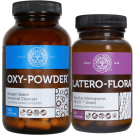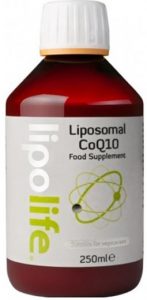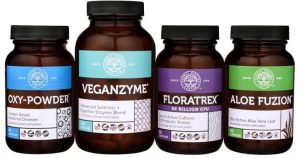Unfortunately we exist in a world in which much of what we want to publish on the web site about what our products actually do is illegal. It comes primarily from EU regulations designed to “protect” the consumer, in other words the drug companies who campaigned for the regulations. (Remember George Orwell and the concept of “doublespeak”?).
The damage this has done to consumer choice (indirectly, since nobody is going to purchase something if they don’t know what it is or what it does), freedom of publication and public health has been horrendous. Even what I write in newsletters is on the border, but I have the genuine defence that these are not “advertisements” but articles providing legitimate opinion, discussion, and in many cases simply repeat dispassionately deducted science published elsewhere.
So this brings me to Samento, our single best unknown natural antiviral, antibacterial and antifungal herb. Since we are not allowed to publish anything about the benefits of Samento, I am going to refer those who are interested to http://www.samento.com.ec/sciencelib/sammain.html where there are a massive range of articles on the almost endless benefits of this wonderful South American herb. This web site has nothing to do with me, and I don’t know who owns the domain. I’m just grateful it’s there so that others may learn what I was first told by my own mentor around 20 years ago. You’ll find there the article “SAMENTO USERS SHARE THEIR EXPERIENCES” in which there is one testimonial (again I don’t know the person myself) stating ‘About three years ago (this person) started taking Samento, and he now takes 4 drops of the liquid Samento each day. His lungs are pain free, and he feels more energetic….”My lungs cleared up completely…I’ve been taking it for three years and haven’t had a cold (since).”‘
You’ll find another article entitled in which the writer (who’s first language is not English, hence the slightly strange phraseology) states “A deeply erroneous notion has been established in medical literature, of non-medical origin, that herbs are appropriate only for milder or chronic conditions and that serious medicine is accomplished with a scalpel and antibiotics, cortisone drugs, etc. Nothing could be more wrong than that and the proofs are countless, but undoubtedly the most impressive is the treatment of the influenza infection with Samento. There are dozens of patients in our therapeutical practice that recover from the flu – not symptomatically but definitively – within 2 days (48 hours). Conventional medicine does not dispose of any such treatment against influenza. Moreover, in our practice there hasn’t been a single patient who hasn’t managed to recover from the flu within 48 hours. In one case a 3-year-old child was cured just in 24 hours. The child’s temperature was 40oC in the morning and after taking one well measured dose of Samento, that is to say in 4 hours, it returned to normal” – look for the article entitled “The Healing Range of Samento” to read it in full.
I’ve obviously cherry picked a couple of examples here from an enormous library of information based on current concerns. On my own web site, the testimonials we have, and there aren’t that many (for the reasons explained largely above) are mostly focussed on candida / fungal overgrowth and gut health than viremia, as that’s one of the main areas of concern which we deal with. But I think its a great all-round antimicrobial. Obviously there is a commercial element to this newsletter, as we do sell Samento here. Don’t take my word for it though, follow the link at the top of this newsletter, read the articles, decide for yourself.
Is Samento a cure for coronavirus?
There have been no clinical trials of Samento for COVID19 or as far as I am aware even specifically the family of viruses known as coronaviruses, or on RNA viruses which is the family of viruses that coronaviruses come from (which by the way include the common cold). So I really can’t make that claim. So the most I can say is firstly that it’s antiviral in general terms, secondly its an immune booster and thirdly it is considered to be a “master” herb (a herb which contributes all aspects of wellbeing). Once again you can see this for yourself if you visit the web site I mentioned at the start of this article. You can increase the effect if you take it along with it’s sister product which is Banderol. Although Samento works splendidly by itself, there is evidence that the two together are more powerful still, as described in this article https://www.townsendletter.com/July2010/sapi0710.html which focusses on Lyme Disease, which is caused by a bacteria (not a virus).
Other antiviral herbs?
Our favourite wide spectrum antiviral is Galangal Formula – basically because I like polyherbal products i,e. products which don’t rely just on one single herb. However the following are also considered to have antiviral effects:
Cat’s Claw Bark 120 Vegicaps (this herb comes from the same family as Samento)
Barberry 30ml
Cumanda
Graviola 120 Vegicaps
Oregano Oil 30 capsules
Takuna 30ml
Pau d’Arco (Lapacho) Extract 120 Vegicaps
Again, it would not be ethical to claim that we have proof or knowledge that they will help with COVID19, and we cannot publish any reviews we receive from customers claiming that it helped or cured them with any specific virus. So regrettably there is no point in phoning us to ask “which herb will cure the coronavirus”. But in this newsletter I have shared as much I can that is compatible with basic integrity and probably the law.

 Be well, and don’t panic! The human race is not about to be wiped out.
Be well, and don’t panic! The human race is not about to be wiped out.
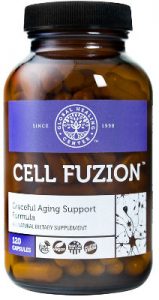
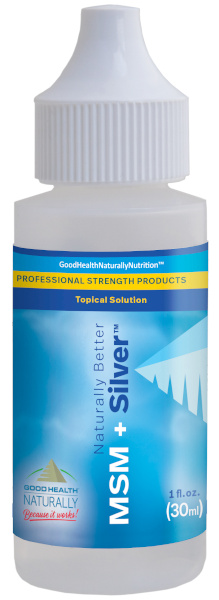 The optical tissue normally allows fluids to flow through the membrane wall, which acts like a filter, supplying nutrition and cleaning out particles, keeping your eye clear so your vision is good. When the membranes become tough like leather, fluids are trapped, and particles start to build up. If the build up continues, it will seem as if you are looking through frosted glass. Our eyes should also be flexible, so the muscles can change the eye´s contour and focus. When the eye membranes and muscles become tough, the eye cannot focus properly and vision becomes blurry.
The optical tissue normally allows fluids to flow through the membrane wall, which acts like a filter, supplying nutrition and cleaning out particles, keeping your eye clear so your vision is good. When the membranes become tough like leather, fluids are trapped, and particles start to build up. If the build up continues, it will seem as if you are looking through frosted glass. Our eyes should also be flexible, so the muscles can change the eye´s contour and focus. When the eye membranes and muscles become tough, the eye cannot focus properly and vision becomes blurry.